
November 2 – All Souls’ Day – is the third of “Three Days of Halloween…”
* * * *
Next Saturday night is Halloween. (Literally, the evening or e’en before “Hallows Day.”)
That’s not a holiday most people connect with the process of evolving in life through daily Bible reading. But in fact, Halloween is strongly connected with both your spiritual development and “walking that road to Jesus.” (See John 6:37.)
Which brings up the fact that the next major set of Feast Days is actually the Halloween Triduum.
“Triduum” is a fancy Latin word for “three days.” Here it refers to the three days set aside each year for remembering “the dear departed.” And this particular threesome starts with what used to be called – back in the way olden days – “All Hallows E’en.”
These days it’s been shortened to “Halloween.”
The Scarred, Scared, and Sacred article noted that this is all part of the annual process of the days getting shorter and shorter. (Fewer and fewer hours of daylight.) And back in those way olden days, the process seemed “inexorable,” like death and taxes. We now know that this “movement” is always toward the Winter Solstice – “the darkest day of the year.” But long ago the largely illiterate hoi polloi didn’t know that. And so each year they wondered: “Is this process going to keep going? Are we going to finally reach a point where there’s no daylight left, and our days will be nothing but complete darkness?”

Which naturally brought up the subject of death. (And with it the possibility of an afterlife, either “down” or “up.” Then too the thought was that at this time of year there was a mere “thin veil” separating the dead from the living, as illustrated by the jack-o’-lantern at right…)
All of which led to the Triduum centered around All Saints’ Day.
That’s a major feast in the Christian calendar and it comes each year on November 1. (Though in this case, the term saint is more generic, and largely refers to “anyone who has been saved and … set apart for holy use.”)
Note also that the Old English word for “saint” was halig – which eventually became “hallow.” (Maybe it was easier to say.) So the Old English “All Haligs’ Day” became “All Hallows Day.” In turn the evening before that Feast Day became “All Hallows Evening.” In time that got shortened to “All Hallows E’en.” Later still it got shortened to “Hallowe’en,” and then just plain Halloween.
And as always, note that the term “feast” as used here doesn’t refer to a large meal – as in a family celebration – but rather to an religious celebration dedicated to a particular saint. Or in this case, to all the “saints,” the “dear departed” or the “hallows” in general.
I wrote two posts on the subject last year, On “All Hallows E’en” – Part I and Part II. (Mostly because it’s such a fascinating subject.) The “Part I” post noted this:
According to many scholars, All Hallows’ Eve is a Christianized feast initially influenced by Celtic harvest festivals, with possible pagan roots, particularly the Gaelic Samhain… On All Hallows’ Eve, Christians traditionally believed that the veil between the material world and the afterlife thinned.
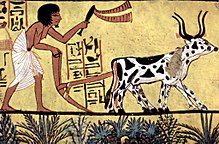 It noted too that Samhain was an age-old Celtic festival “marking the end of the harvest season and the beginning of winter or the ‘darker half’ of the year.” (Such festivals go back to the time of ancient Egypt, as shown at left.)
It noted too that Samhain was an age-old Celtic festival “marking the end of the harvest season and the beginning of winter or the ‘darker half’ of the year.” (Such festivals go back to the time of ancient Egypt, as shown at left.)
So getting back to basics: Halloween is just one day of the three-day religious observance known as Hallowmas. And it’s also known as the Triduum of All Hallows, three feast days which include: 1) All Hallows’ Eve (Hallowe’en), 2) All Saints’ Day (All Hallows’ Day), and 3) All Soul’s Day.
That’s the Halloween triduum, from October 31 to November 2. That’s also when – according to ancient belief – the veil between the “material world and afterlife” was most permeable.
So what’s the deal with wearing masks and disguises?
The Celts believed that at the time of Samhain, more so than any other time of the year, the ghosts of the dead were able to mingle with the living, because at Samhain the souls of those who had died during the year traveled into the other world.
But who wants to “mingle” with a bunch of ghosts who died over the past year?
If it was a close friend or relative who recently died, that would be one thing. But suppose some of those “ghosts” were people who really didn’t like you, or maybe hated you, or otherwise had a score to settle with you? (Which is a good reason not to go around making people mad…)
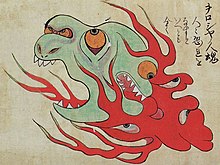 So – to protect themselves on the Eve of All Hallows – people would wear masks or put on costumes. The goal was to disguise their identities. The idea was also to keep these afterlife “hallows” from recognizing you, in this, the “material world.”
So – to protect themselves on the Eve of All Hallows – people would wear masks or put on costumes. The goal was to disguise their identities. The idea was also to keep these afterlife “hallows” from recognizing you, in this, the “material world.”
And here’s some more history, borrowed from last year’s Part II:
A long, long time ago, our ancestors celebrated New Year’s Day on November 1. (That meant New Year’s Eve came on October 31.) But then about the year 835 AD, the Church made November 1 a feast day for “all saints.” Again, the idea was to honor those practicing Christians who had died before those who were then living, and especially the “recently departed.”
Back in those long-ago days, people thought evil spirits were most prevalent during the long winter nights. (And especially those long winter nights that started at the end of October.) They also believed that the “barriers between our world and the spirit world” were weakest on All Hallows E’en. Accordingly, it was then that the “spirits were most likely to be seen on earth.”
Put another way, this was believed to be a time of year “when the spirits or fairies (the Aos Sí) could more easily come into our world and were particularly active.” (The Aos Si were Irish, and “comparable to the fairies or elves.” They were said to live “underground in fairy mounds, across the western sea, or in an invisible world that coexists with the world of humans.”)
So anyway, our ancestors developed another custom designed to frighten away those spirits.
 Briefly, they built bonfires, then feasted and danced around them.
Briefly, they built bonfires, then feasted and danced around them.
“The fires were thought to bring comfort to the souls in purgatory and people prayed for them as they held burning straw up high.” The idea came from pagan times, when evil spirits had to be driven away with noise and fire. (Note also that “bonfire” is short for bone-fire. See Bonfire – Wikipedia, noting the term “is derived from the fact that bonfires were originally fires in which bones were burned.”)
In yet another old-time custom, travelers carried candles on All Hallows E’en, from 11:00 p.m. until midnight. The theory here was that if the candles kept burning steadily that was a good omen. It indicated the candle-holder would be safe during the upcoming “season of darkness.” On the other hand, if your candle went out , “the omen was bad indeed.” (The thought was that the candle had been blown out by witches.)
On another note, in England Halloween is also called “Snap Apple Night.” That’s from a game with apples tied on a string, related to apple bobbing. That in turn refers to a “game often played on Halloween,” by filling a tub or a large basin with water and putting apples in. The apples float on the surface, and players “try to catch one with their teeth. Use of arms is not allowed, and often are tied behind the back to prevent cheating.” And incidentally, there’s both a fertility goddess involved, and the ancient Celtic belief that the pentagram was a fertility symbol. (Thus “bobbing for apples” was somehow involved with fertility…)
So there you have it. The Halloween Triduum is primarily dedicated to “All Saints:”
…the Solemnity of All Saints is when the Church honors all saints, known and unknown. This is similar to the American holidays of Veterans Day and Presidents Day, when a group of people are honored on a specific day. While we have information about many saints, and we honor them on specific days, there are many unknown or unsung saints, who may have been forgotten, or never been honored specifically. On All Saints Day, we celebrate these holy men and women, and ask for their prayers and intercessions.
See All Saints Day | History, Customs. In turn, whether you’re working on fertile fields – perhaps as in plowing with a heifer – or remembering the dear departed, or trying to disguise yourself from elves and fairies, or just trying to keep a witch from blowing out your candle…
Have a Happy Halloween!

A graveyard in Sweden, “on the feast of All Hallows…”
* * * *
The upper image is courtesy of All Souls’ Day – Wikipedia, the free encyclopedia. The caption: “All Souls’ Day by William Bouguereau.” See also Allhallowtide, and All Saints’ Day – Wikipedia.
The image of the jack-o’lantern is courtesy of Halloween – Wikipedia. The caption: “A jack-o’-lantern, one of the symbols of Halloween representing the souls of the dead.”
Re: The expansive definition of “saints.” See also What is the Bible Definition of a Saint? – Patheos, and especially the text under the heading, You are Saints in the Present: “If you have repented and trusted in Christ, you are a saint of God today, right now!”
The right-image next to the paragraph – “people would wear masks or put on costumes” – is courtesy of the Wikipedia article, Will-o’-the-wisp. The full caption: “A Japanese rendition of a Russian will-o’-the-wisp.” Note also that a will-o’-the-wisp is also known as ignis fatuus or “foolish fire.” It’s an “atmospheric ghost light seen by travelers at night, especially over bogs, swamps or marshes:”
It resembles a flickering lamp and is said to recede if approached, drawing travelers from the safe paths. The phenomenon is known by a variety of names, including jack-o’-lantern, friar’s lantern, hinkypunk, and hobby lantern in English folk belief, well attested in English folklore and in much of European folklore.
Re: “Plowing.” See Judges 14:18, where Samson said, “If you had not plowed with my heifer, you would not have solved my riddle.”
The lower image is courtesy of Allhallowtide – Wikipedia, the free encyclopedia. The full caption:
A cemetery outside a Lutheran church in Röke, Sweden on the feast of All Hallows. Flowers and lighted candles are placed by relatives on the graves of their deceased loved ones.

 I did a post last year,
I did a post last year, 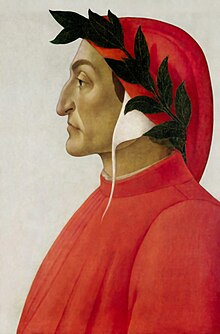
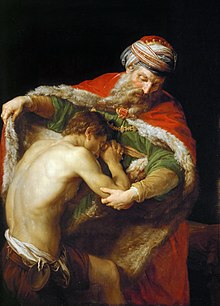
 Saint Luke, by
Saint Luke, by 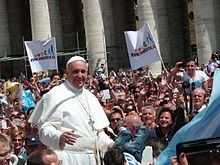 St. Teresa was recently dubbed “
St. Teresa was recently dubbed “ More to the point,
More to the point, 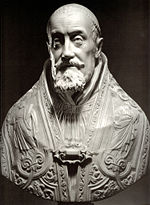 In 1622 she was
In 1622 she was 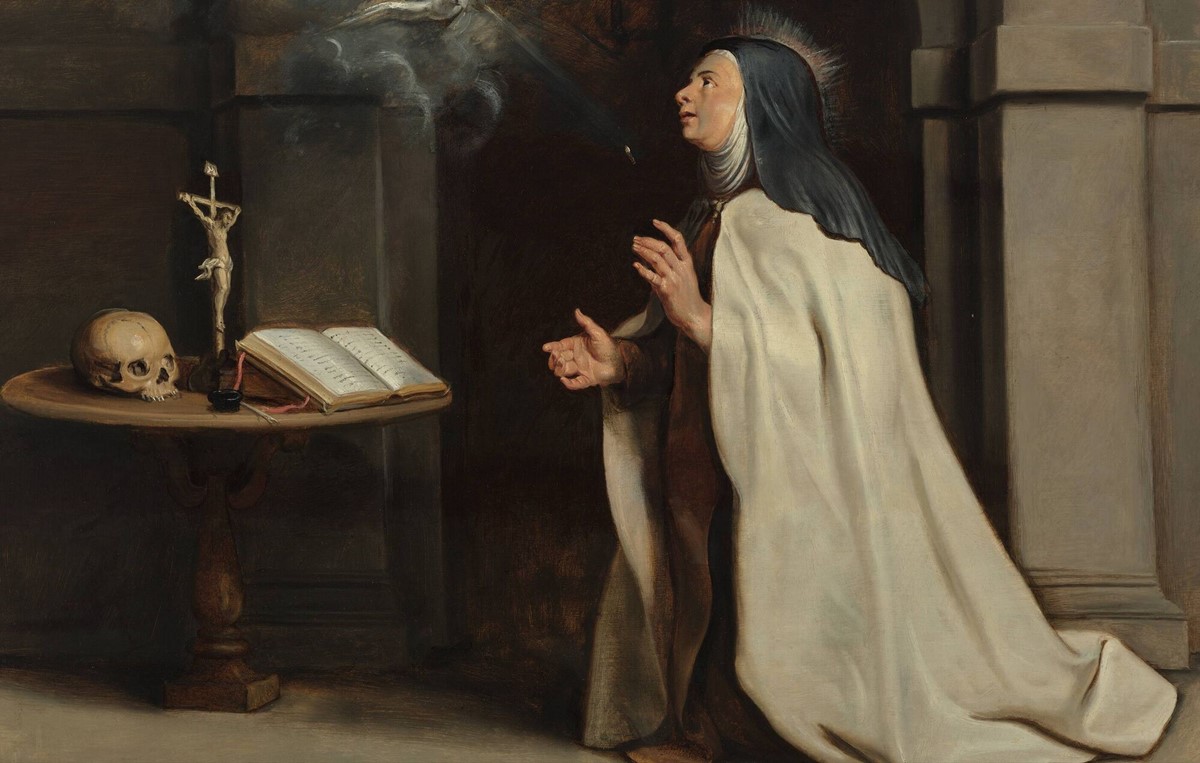

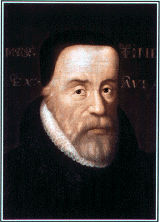 That brings up the fact that last October 6 was the Feast Day for “
That brings up the fact that last October 6 was the Feast Day for “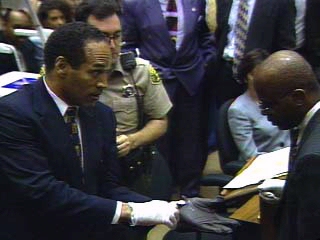 One example: A witness testifies at trial that “Sally told me Tom was in town,” as opposed to being able to testify, “I saw Tom in town.” The question is: Which form of evidence is considered more reliable? To most people – and based on centuries of
One example: A witness testifies at trial that “Sally told me Tom was in town,” as opposed to being able to testify, “I saw Tom in town.” The question is: Which form of evidence is considered more reliable? To most people – and based on centuries of  And that of course includes the
And that of course includes the  “The title reflects [the] portrayal of More as the ultimate man of
“The title reflects [the] portrayal of More as the ultimate man of  Then there’s Psalm 127, one of the readings for Tuesday, October 6. Which leads to the fact that some people tend – in my view – to take isolated passages of the Bible way out of context. One example is people who “handle” snakes, based on .) (See
Then there’s Psalm 127, one of the readings for Tuesday, October 6. Which leads to the fact that some people tend – in my view – to take isolated passages of the Bible way out of context. One example is people who “handle” snakes, based on .) (See 
,-The.jpg)
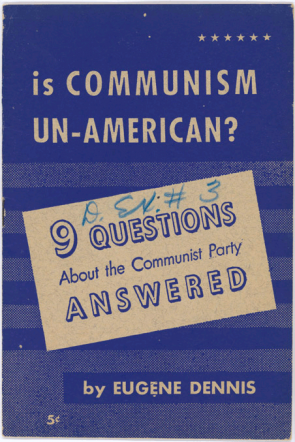 But most people don’t know that calling someone a “Samaritan” in the time of Jesus was pretty much like calling him a “
But most people don’t know that calling someone a “Samaritan” in the time of Jesus was pretty much like calling him a “ The story goes back to the time of
The story goes back to the time of 
 See
See  And the usual fate of heretics was to be massacred, as shown at left.
And the usual fate of heretics was to be massacred, as shown at left.
 But the issue here is whether today’s Gospel tends to prove that Jesus was either a Conservative or a Liberal.
But the issue here is whether today’s Gospel tends to prove that Jesus was either a Conservative or a Liberal. In still further words, Jesus seemed to be showing that He was a true
In still further words, Jesus seemed to be showing that He was a true  But in the reading for September 27, Haman’s plans come unraveled. (As shown metaphorically at left.)
But in the reading for September 27, Haman’s plans come unraveled. (As shown metaphorically at left.)
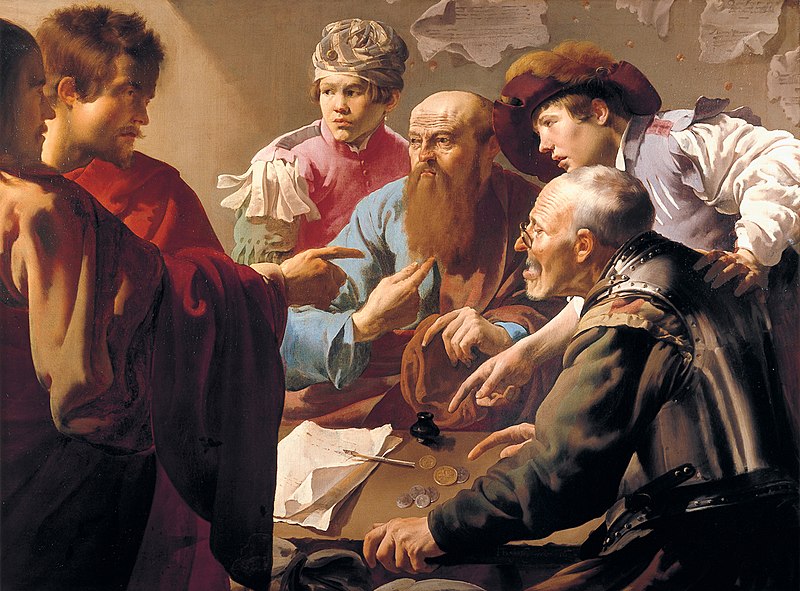
 But
But  Meanwhile, back to St. Matthew. (See
Meanwhile, back to St. Matthew. (See  Asimov noted that Matthew’s name came from the Hebrew meaning “gift of God,” and that it was a common name in New Testament times. This was due in large part to “the great pride of the Jews in the achievements of priest
Asimov noted that Matthew’s name came from the Hebrew meaning “gift of God,” and that it was a common name in New Testament times. This was due in large part to “the great pride of the Jews in the achievements of priest 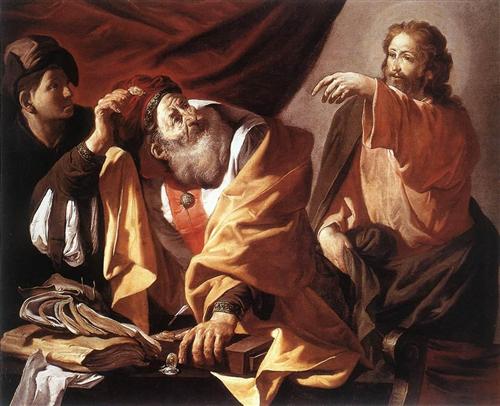 Another interpretation of Jesus “calling” Matthew…
Another interpretation of Jesus “calling” Matthew…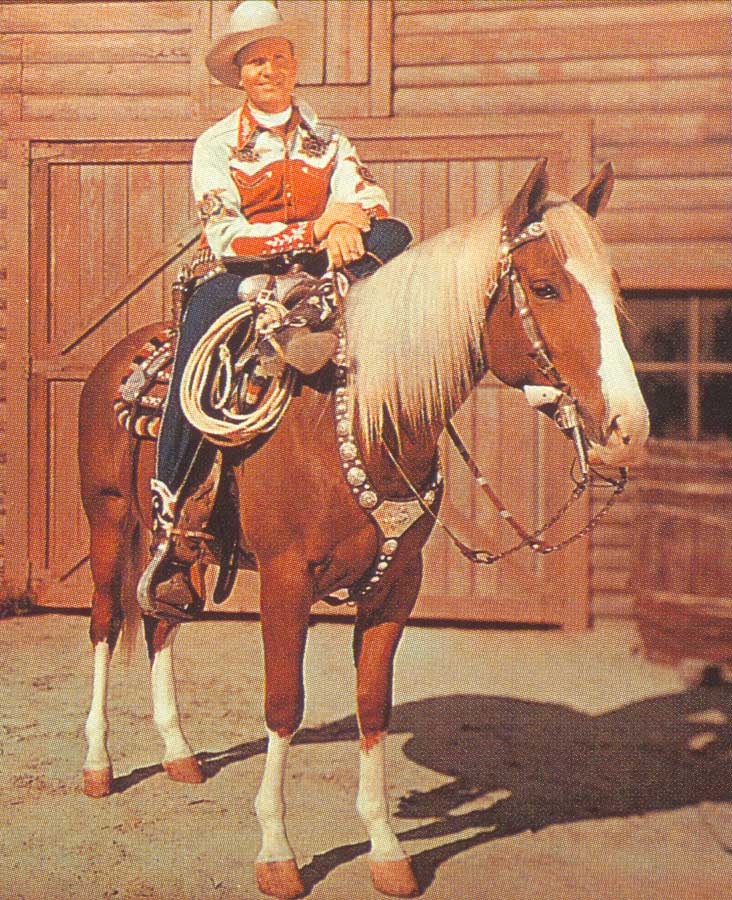
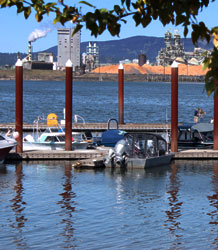 The readings for August 15 – the day that my brother and I launched our canoe from
The readings for August 15 – the day that my brother and I launched our canoe from  The Gospel for August 17 featured Jesus
The Gospel for August 17 featured Jesus  The Gospel for August 27 was
The Gospel for August 27 was 
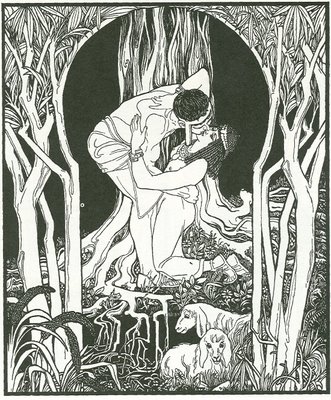
 I’m leaving town on Monday, August 10, and won’t be back until August 27. (A matter of some “unfinished business,”
I’m leaving town on Monday, August 10, and won’t be back until August 27. (A matter of some “unfinished business,”  Then for August 30 the OT reading changes again, from Kings to the “Song of Solomon” or
Then for August 30 the OT reading changes again, from Kings to the “Song of Solomon” or  The OT reading for August 23 –
The OT reading for August 23 – 
 Jesus, sharing the “Bread of Life” at Emmaus – as discussed in the Gospel for August 9…
Jesus, sharing the “Bread of Life” at Emmaus – as discussed in the Gospel for August 9…
 But Absalom was eventually killed in battle, despite David’s orders that he not be harmed. The death of Absalom is shown at left, courtesy of
But Absalom was eventually killed in battle, despite David’s orders that he not be harmed. The death of Absalom is shown at left, courtesy of  The New Testament reading –
The New Testament reading – 
 Re: “all that you can be.” See
Re: “all that you can be.” See